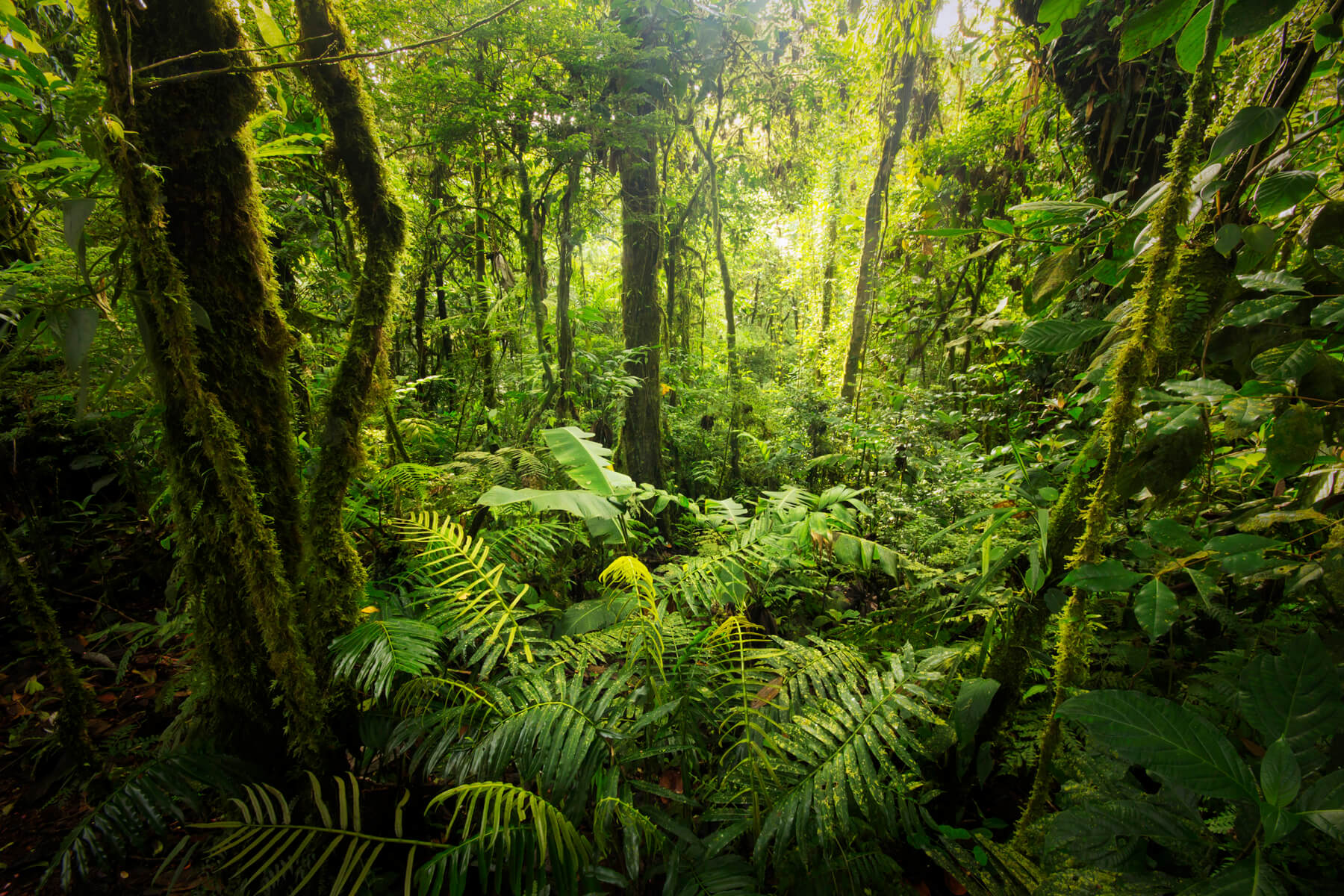The latest chart topping movie from Disney, the live action adaptation of Rudyard Kipling’s The Jungle Book, is filled with more than innovative computer generated-imagery: there is a message about change and the importance of water. As the Disney Educator’s Guide states:
When water is plentiful, the laws of nature and the jungle are as they should be. However, when a drought causes water to be scarce, the effects impact villagers, the habitat and even the “law of the jungle.”
The driest period ever recorded in the jungle exposes the Peace Rock—much like recent California droughts exposed rarely seen submerged history in California reservoirs. As animals, typically prey in the animal kingdom, nervously approach the scare water source, the severity of the drought is brought into context when one of the predators utters the reminder “Water before food.”
The emergence of Peace Rock also signals the Water Truce in the animal kingdom.
Innovation and the importance of water play a prominent role in the conclusion of The Jungle Book with the elephants, who are wise enough to reserve their power of shaping the jungle and understand their responsibility to take care of nature for everyone’s benefit–redirect the waterfall for multiple benefits by creating an irrigation system with Mowgli’s guidance to put out the wildfire threatening to destroy the jungle ecosystem and all animals inhabiting it.
California’s agricultural, environmental and regulatory community could take a lesson from The Jungle Book.”, Working to use limited resources for multiple benefits and innovatively finding solutions, not just in times of protracted drought, but in preparation for the next, inevitable dry period.




